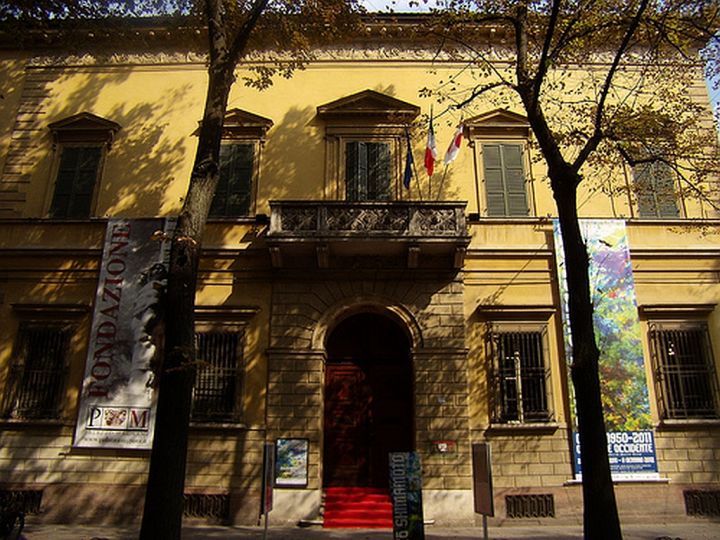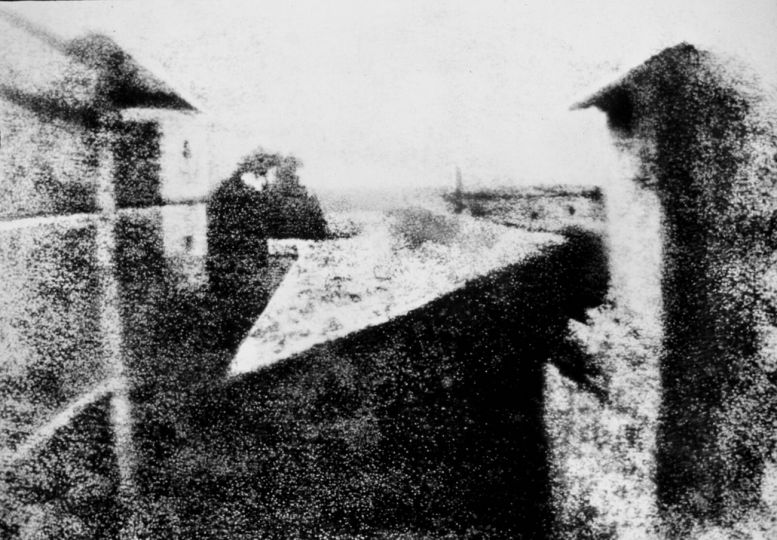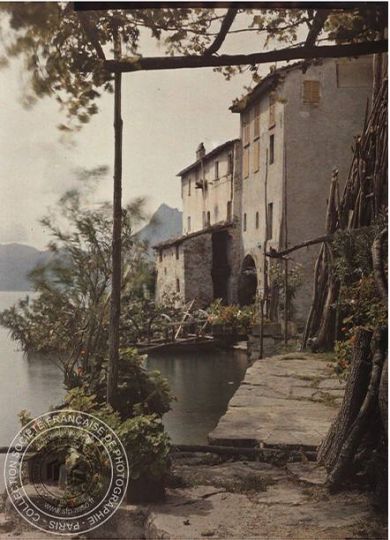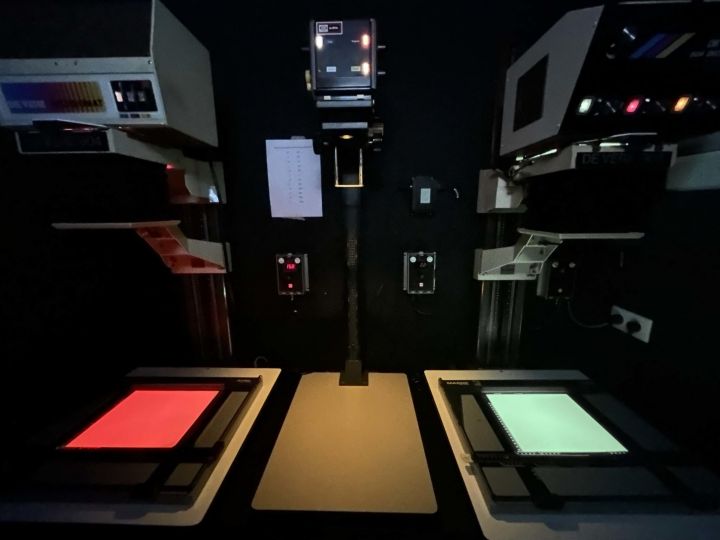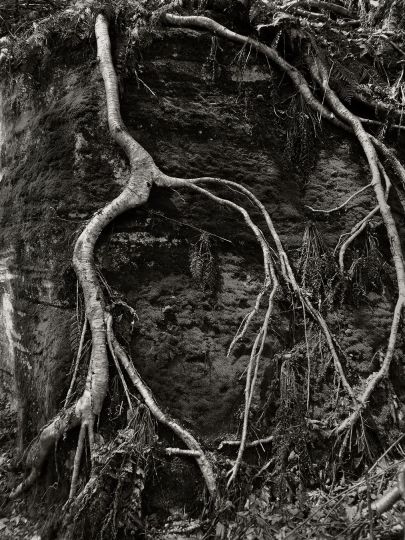Emilia is a constellation of charming towns settled in the Po valley, along the ancient Roman Via Emilia road. Emilia Romagna is also an area where automotive is an excellence. We speak about the Motor Valley, very well known all over the world: a concept that identifies under a unique kind of umbrella the concentration of competencies, know how, reputation and market presence few areas in the world may offer in the motorsport sector.
As it happens, Emilia seems to have a vocation for photography, too, and interesting trails through photographic centers of excellence can be outlined. In this respect, the motorsport sector is a brilliant example that shows many similarities with the photographic field.
So why not consider this area as a real Photo Valley? Maybe some work has to be done to connect the different local organizations into a global network yet preserving their distinctive features, in order to develop an efficient territorial system of the right size to “compete” internationally.
As for motorsport, eight world-renowned names (Automobili Lamborghini, Dallara, Ducati, Ferrari, Haas, Magneti Marelli, Maserati and Toro Rosso) recently launched the Motorvehicle University of Emilia-Romagna (MUNER). Also the academic world has joined forces to move as an integrated system. The result: a knowledge hub to attract students from all over the world to attend master-level courses to generate the motor engineers of the future.
Can a future Photo Valley aggregate organizations of the photographic field around a similar project? Indeed, this area boasts a series of institutions and initiatives which reinforce the arguments for doing so.
Let’s quote some: the Parma University and the Csac (Centro Studi e Archivio della Comunicazione), Fondazione Fotografia Modena, Reggio Emilia with Fotografia Europea Festival, the University of Bologna (Dams Department) and Mast Foundation in Bologna, as well as Savignano Immagini Festival.
As Dario Franceschini, the Italian minister for Cultural Heritage and Activities and Tourism (MiBACT) stated during the Stati Generali for Photography (Reggio Emilia, 2017), ̎know how and values should be connected into a network working as an integrated system”. Massimo Mezzetti (assessor for Culture of Emilia Romagna Region), said: ̎Fotografia Europea, is an interesting example: it’s a centre of excellence that, together with many others in this area, can give rise to a ̎photographic route” offering educational visits, exhibits, workshops, labs, higher education”.
To appreciate the area assets, one can browse through the events going on till the summer: the XII edition of Fotografia Europea, with so many exhibits on the theme” Temporal maps”. The memories, the archives, and the future are spread all over the town. Recently some organizations already linked to Fotografia Europea as partners: Fondazione Maramotti, Csac, Mast, Fondazione Fotografia. But there is more going on in the Photo Valley at the moment: for example the exhibits in Parma: Higher Learning by Patti Smith (University and Municipality di Parma) and The NY Scene (Municipality di Parma and Photology). Moreover, in the last months, the photographic and motorsport worlds, are linked by the exhibition Ayrton Senna. L’Ultima notte at the Lamborghini Museum (Sant’Agata Bolognese), which for the first time hosts a photographic exhibition.
“Since the early 70s Emilia Romagna Region (especially Modena and Reggio Emilia at the very beginning) sheltered a group of people such as Luigi Ghirri, Franco Fontana, Franco Vaccari who worked here, and exchanged ideas. In Modena Oscar Goldoni designed with them exhibits to promote young photographers as Gabriele Basilico or Vincenzo Castella. In Parma, Arturo Carlo Quintavalle organised the Walker Evans show. The Galleria Civica (ex-Sala della Cultura) in Modena and the then newly-established Csac in Parma were among the places where Italian photography refreshed itself. Maybe that’s the origin of the present situation, “Walter Guadagnini, curator of Fotografia Europea, says.
Chiara dall’Olio, exhibit manager at Fondazione Fotografia Modena, adds. “Some authors who lived or worked in this area (i.e. Franco Fontana, Cesare Leonardi, Luigi Ghirri, Beppe Zagaglia, Franco Vaccari) managed to find spaces to create exhibitions and events thanks to some interesting opportunities from an interaction between public welfare management and cultural policies: it was a unique chance that helped to make Modena a reference point for authorial photography in the 70s. “.
The area seems to have been sensitive to photography since then, when administrations allowed room for young people to express themselves using their contemporary languages, including photography,
“If you think of MAST, Fondazione di Fotografia, Fotografia Europea and Csac, but also of Linea di Confine in Rubiera or Osservatorio Fotografico in Ravenna and other places of this standing, we definitely can say that there is a strong interest in photography in Emilia Romagna,” Urs Stahel, curator of MAST Photogallery adds. The reasons? “Difficult to say: maybe owing to its vocation for oral and written stories and histories or to the fact the area became important for the Italian film in the 50s. Maybe the DAMS in Bologna played a role for that. It would be important to link all these situations to attract an ever-increasing international audience”.
According to Paolo Barbaro, curator of the Photographic Department at CSAC, also the following might have been causes for this situation: “The large number of associations of different kind, including photographic ones, extraordinary for their vivacity, and the strong economic framework which provided assignments to the photographers. Parma, its University, and the CSAC, had a role, too: Arturo Carlo Quintavalle created here the first university archive devoted to visual communication, the first public archive designed to preserve historical and contemporary photography and since the 70s an intensive exhibition program of authorial photography and advanced scientific publications have been planned. For example, Ugo Mulas, Mario Giacomelli, Luigi Ghirri and Nino Migliori exhibited here and some photographers had an important role as college professors, too”.
Paola Sammartano
Paola Sammartano is a journalist specialized in arts and photography based in Milan, Italy.
More information:
www.beniculturali.it
www.archivifotograficionline.it
www.fotografia.italia.it
http://cultura.regione.emilia-romagna.it
www.fotografiaeuropea.it
www.mast.org
www.fondazionefotografia.org
www.csacparma.it

